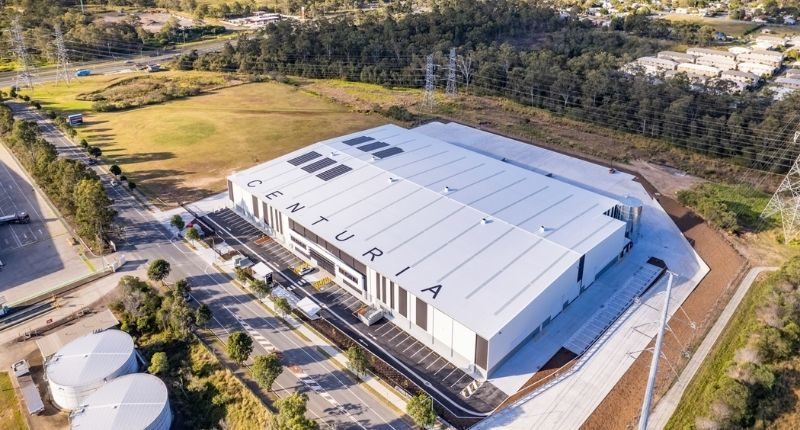- FY21 statutory profit is $611.2M, up from $75.3M FY20
- Portfolio now has 62 assets, up from 50
- Book value $2.95B, up from $1.60B
Centuria Industrial REIT (ASX: CIP) has reported on a record year in terms of portfolio expansion and leasing activity, with industrial real estate still one of the strongest subsectors in the wider property industry.
The company made 18 industrial acquisitions in the financial year, worth a combined $966 million, and as of the new financial year has made even more. Following the latest acquisitions, the portfolio now stands at 67 industrial properties, with the portfolio value moving from $2.9 billion to $3.1 billion.
Within 13 months, CIP has almost doubled its portfolio value from $1.6 billion as at 30 June 2020 to FY22 YTD.
The 18 acquisitions included $631million worth of assets across two new high conviction industrial sub-sectors, Data Centres and Cold Storage, as well as $335 million worth of urban infill logistics acquisitions.
CIP’s portfolio weighted average capitalisation rate compressed 151bps from 6.05% to 4.54% during FY21.
| Earnings | FY21 | FY20 |
| Statutory profit | $611.2 million | $75.3 million |
| FFO | $91.4 million | $63.5 million |
| Distribution | 17 cents | 18.7 cents |
| Return on equity | 41.80% | 10.10% |
| Balance sheet | 30 June 2021 | 30 June 2020 |
| Total Assets | $3,105.9 million | $1,635.8 million |
| NTA | $3.83 | $2.82 |
| Gearing | 27.80% | 27.20% |
| Portfolio snapshot | 30 June 2021 | 30 June 2020 |
| Number of assets | 62 | 50 |
| Book value | $2,945.1 million | $1,602.4 million |
| WACR | 4.54% | 6.05% |
| Occupancy by income | 96.90% | 97.80% |
| WALE by income | 9.6 years | 7.2 years |
| Leases agreed GLA | 239,950 sqm | 122,008 sqm |
Online growth
“Increased tenant demand and record low national vacancy rates, propelled by the continued rise of e-commerce, positively impacted the industrial property market,” said Jesse Curtis, CIP Fund Manager.
“During FY21, Centuria delivered scale for CIP, boosting the portfolio with nearly $1 billion of high-quality industrial acquisitions. We made a high conviction call to enter two new industrial sub-sectors, with $633million of investment in Data Centre’s and Cold Storage, sectors that will continue to benefit from significant growth.”

In his concluding remarks, Mr Curtis said that “the domestic industrial market has continued to strengthen with strong tailwinds from increased adoption of e-commerce as well as increased demand from tenants onshoring operations.”
“Record low vacancy rates have been recorded across all major markets and Australia’s industrial real estate sector remains a highly sought-after market attracting investment demand and creating robust competition for quality industrial and logistics assets.”
CIP provides FY22 FFO guidance of no less than 18.1 cents per unit and distribution guidance of 17.3 cents per unit with distributions paid in equal quarterly instalments.








